The 2024 Nobel Prizes in physics and chemistry have given us a glimpse of the future of science. Artificial intelligence (AI) was central to the discoveries honoured by both awards. You have to wonder what Alfred Nobel, who founded the prizes, would think of it all.
We are certain to see many more Nobel medals handed to researchers who made use of AI tools. As this happens, we may find the scientific methods honoured by the Nobel committee depart from straightforward categories like “physics”, “chemistry” and “physiology or medicine”.
We may also see the scientific backgrounds of recipients retain a looser connection with these categories. This year’s physics prize was awarded to the American John Hopfield, at Princeton University, and British-born Geoffrey Hinton, from the University of Toronto. While Hopfield is a physicist, Hinton studied experimental psychology before gravitating to AI.
The chemistry prize was shared between biochemist David Baker, from the University of Washington, and the computer scientists Demis Hassabis and John Jumper, who are both at Google DeepMind in the UK.
There is a close connection between the AI-based advances honoured in the physics and chemistry categories. Hinton helped develop an approach used by DeepMind to make its breakthrough in predicting the shapes of proteins.
The physics laureates, Hinton in particular, laid the foundations of the powerful field known as machine learning. This is a subset of AI that’s concerned with algorithms, sets of rules for performing specific computational tasks.
Hopfield’s work is not particularly in use today, but the backpropagation algorithm (co-invented by Hinton) has had a tremendous impact on many different sciences and technologies. This is concerned with neural networks, a model of computing that mimics the human brain’s structure and function to process data. Backpropagation allows scientists to “train” enormous neural networks. While the Nobel committee did its best to connect this influential algorithm to physics, it’s fair to say that the link is not a direct one.
Radoxist Studio / Shutterstock
Training a machine-learning system involves exposing it to vast amounts of data, often from the internet. Hinton’s advance ultimately enabled the training of systems such as GPT (the technology behind ChatGPT), and the AI algorithms AlphaGo and AlphaFold, developed by Google DeepMind. So, backpropagation’s impact has been enormous.
DeepMind’s AlphaFold 2 solved a 50-year-old problem: predicting the complex structures of proteins from their molecular building blocks, amino acids.
Every two years, since 1994, scientists have been holding a contest to find the best ways to predict protein structures and shapes from the sequences of their amino acids. The competition is called Critical Assessment of Structure Prediction (CASP).
For the past few contests, CASP winners have used some version of DeepMind’s AlphaFold. There is, therefore, a direct line to be drawn from Hinton’s backpropagation to Google DeepMind’s AlphaFold 2 breakthrough.
David Baker used a computer program called Rosetta to achieve the difficult feat of building new kinds of proteins. Both Baker’s and DeepMind’s approaches hold enormous potential for future applications.
Attributing credit has always been controversial aspect of the Nobel prizes. A maximum of three researchers can share a Nobel. But big advances in science are collaborative. Scientific papers may have 10, 20, 30 authors or more. More than one team might contribute to the discoveries honoured by the Nobel committee.
This year we may have further discussions about the attribution of the research on backpropagation algorithm, which has been claimed by various researchers, as well as for the general attribution of a discovery to a field like physics.
We now have a new dimension to the attribution problem. It’s increasingly unclear whether we will always be able to distinguish between the contributions of human scientists and those of their artificial collaborators – the AI tools that are already helping push forward the boundaries of our knowledge.
In the future, could we see machines take the place of scientists, with humans being consigned to a supporting role? If so, perhaps the AI tool will get the main Nobel prize with humans needing their own category.
The post “AI was central to two of 2024’s Nobel prize categories. It’s a sign of things to come” by Nello Cristianini, Professor of Artificial Intelligence, University of Bath was published on 10/10/2024 by theconversation.com
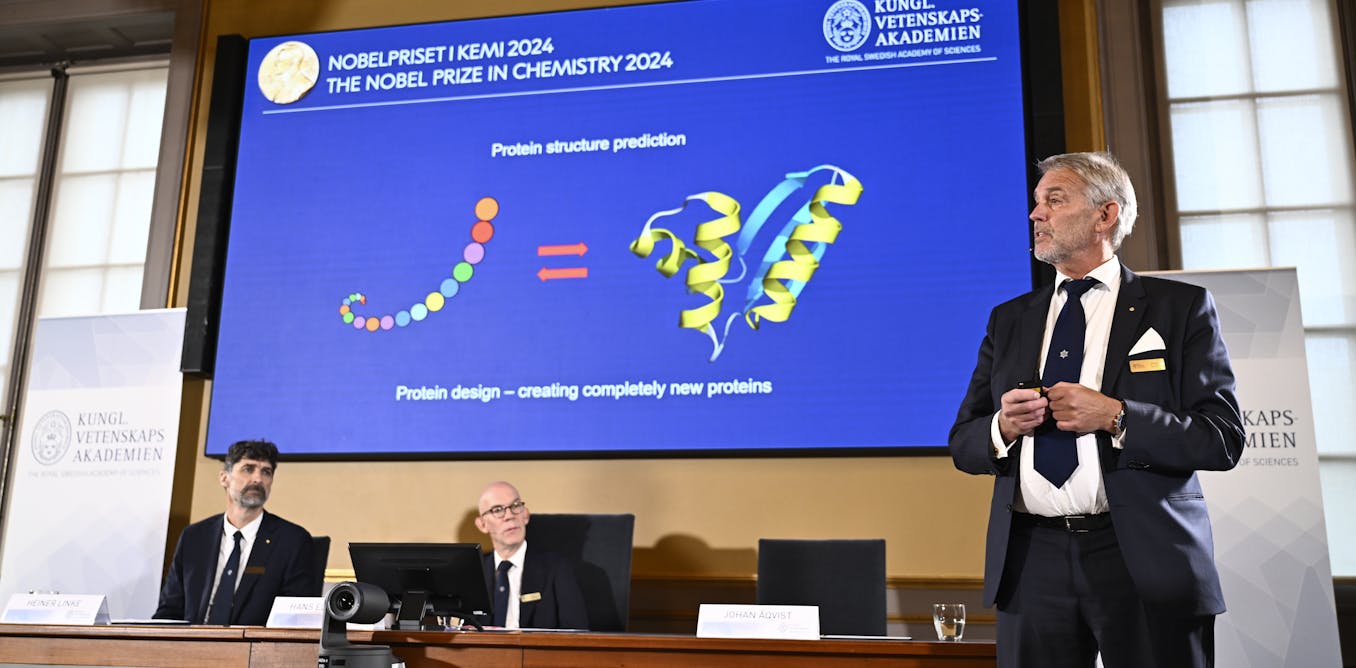
The post “AI played a pivotal role in two Nobel prize categories in 2024, indicating future trends. – GretAi News” by GretAi was published on 10/10/2024 by news.gretai.com



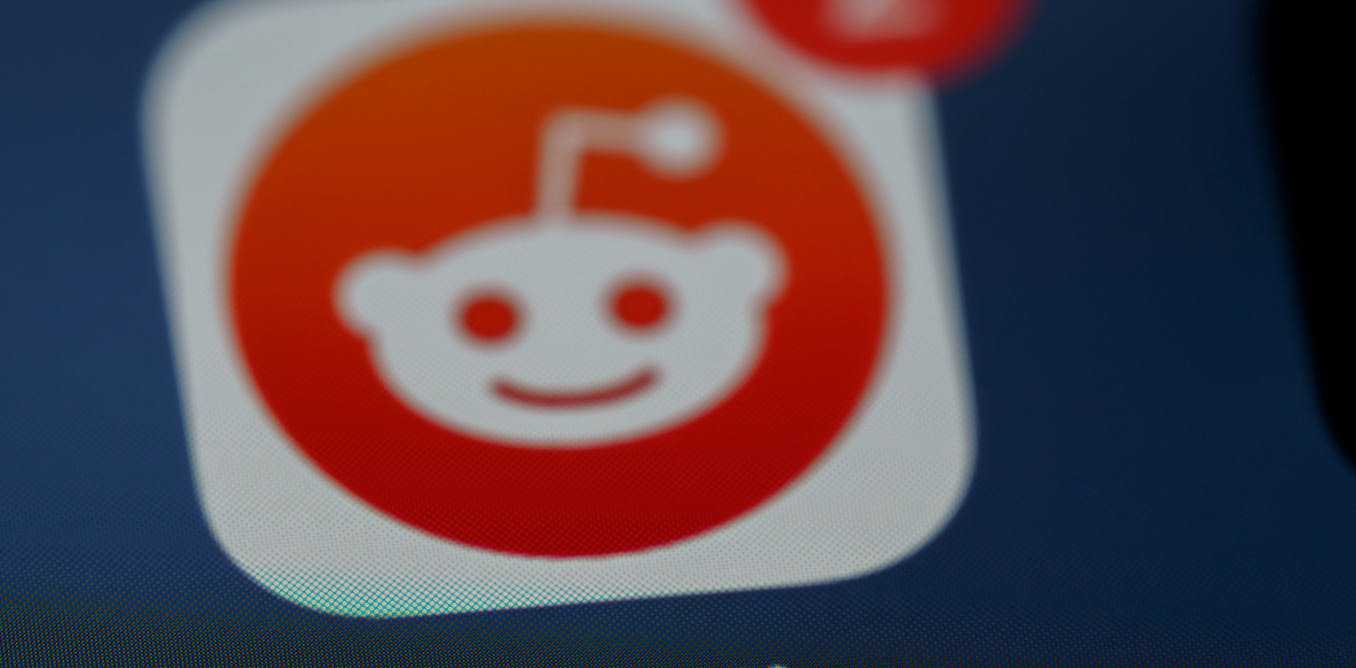
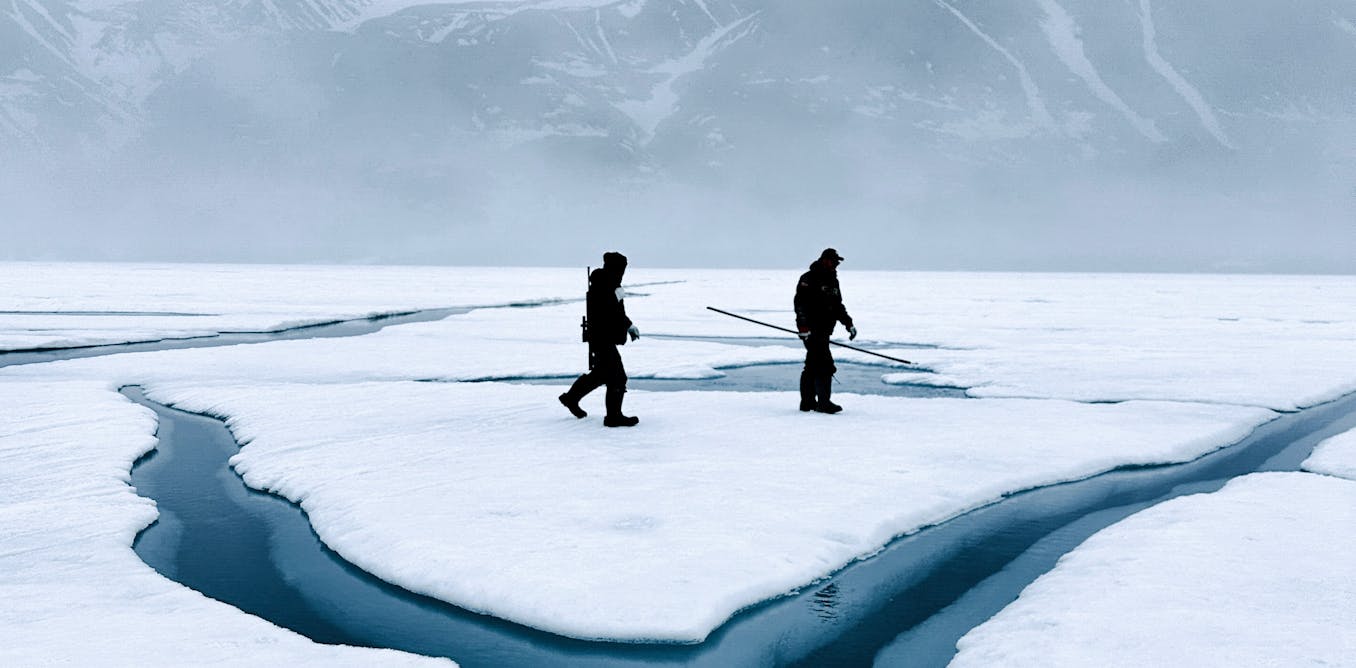



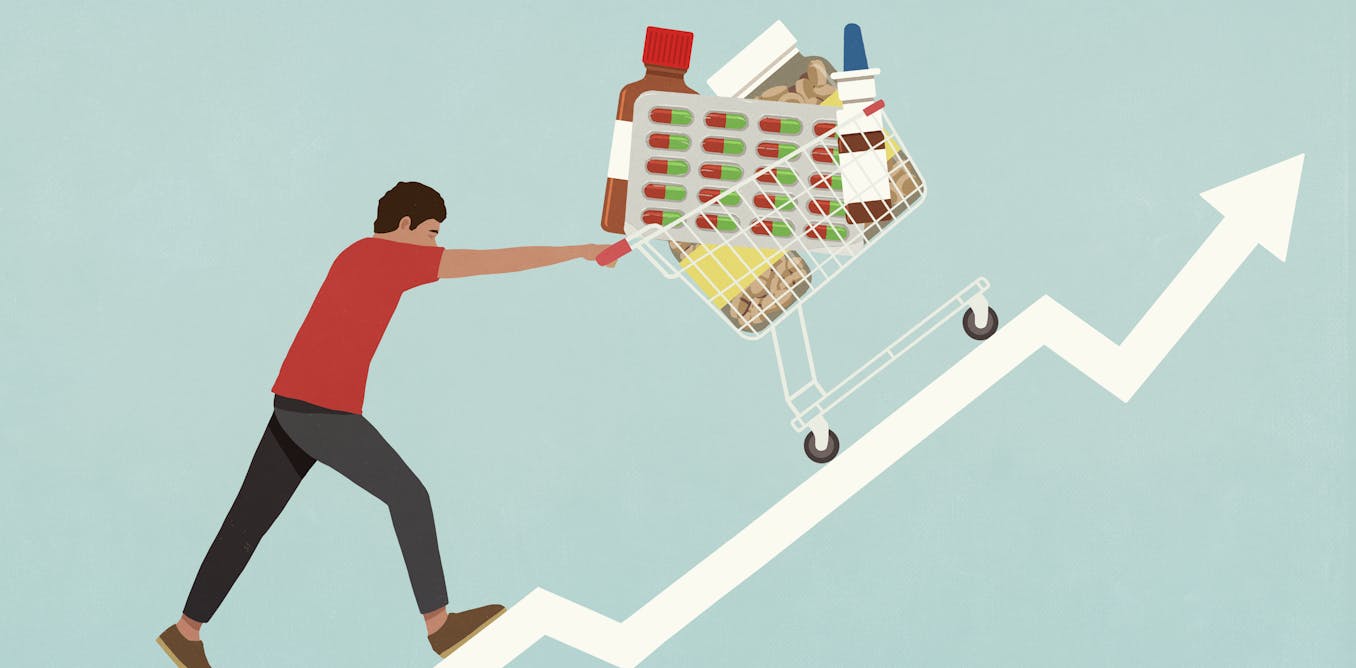


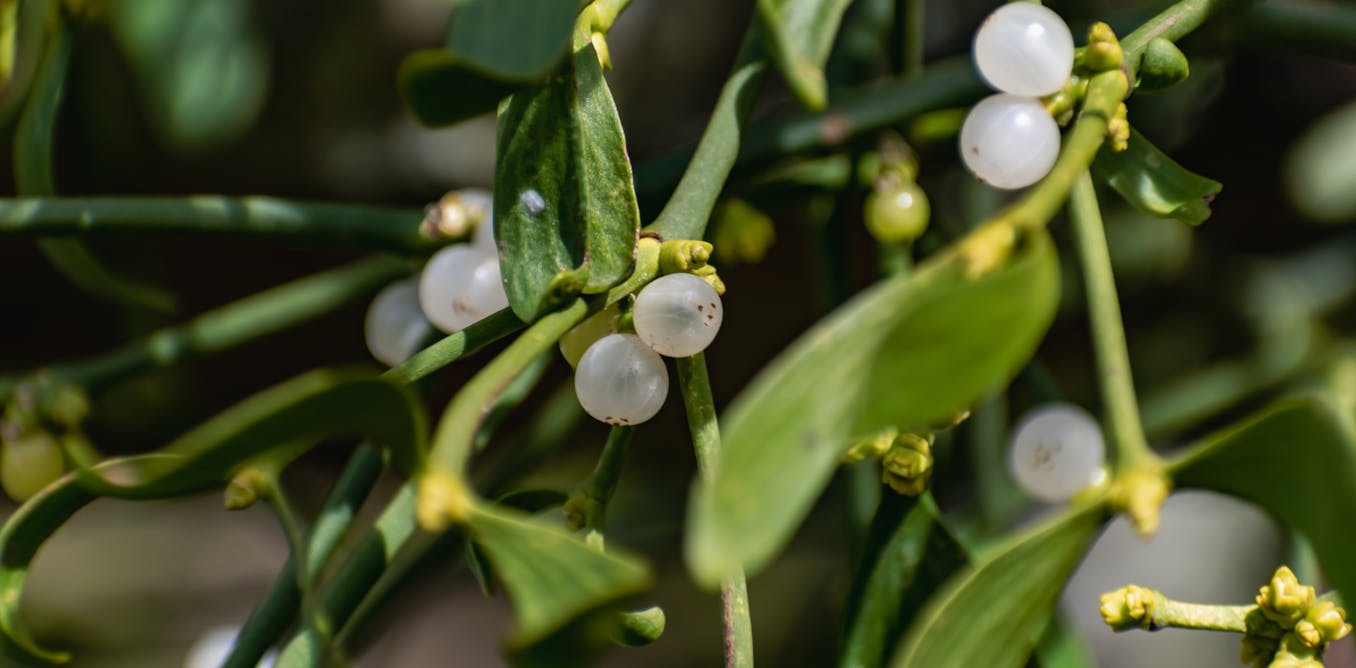
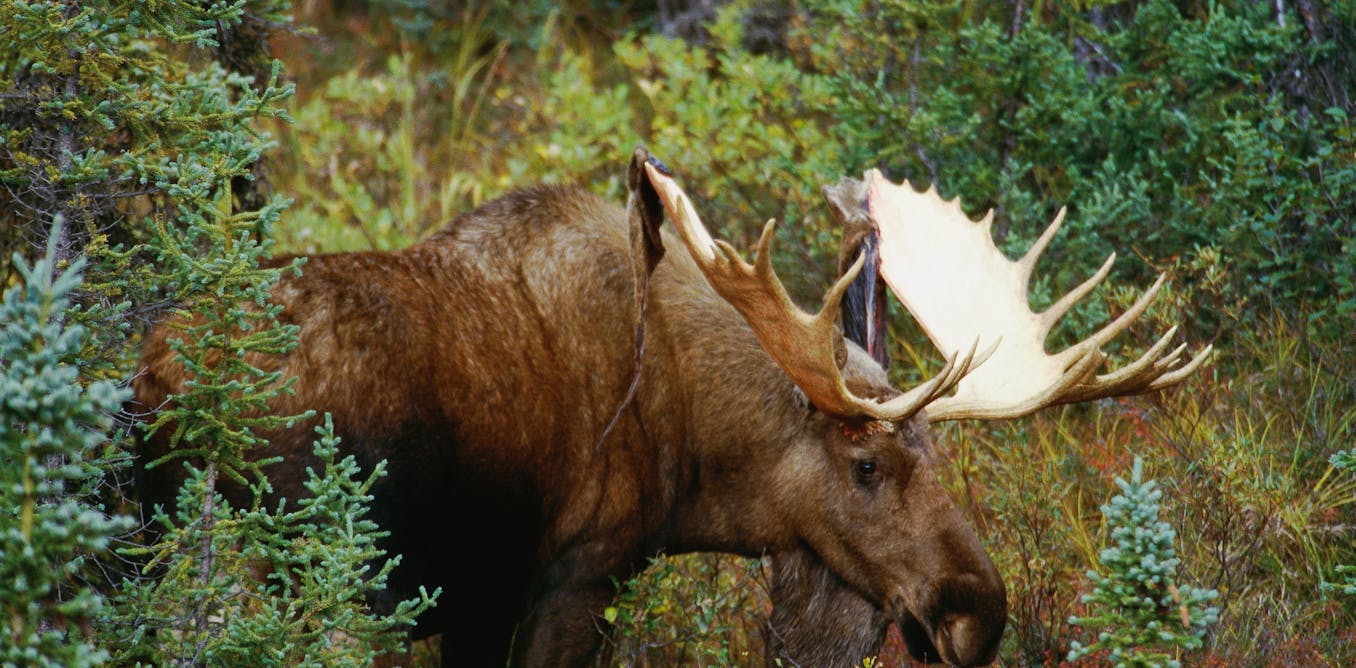








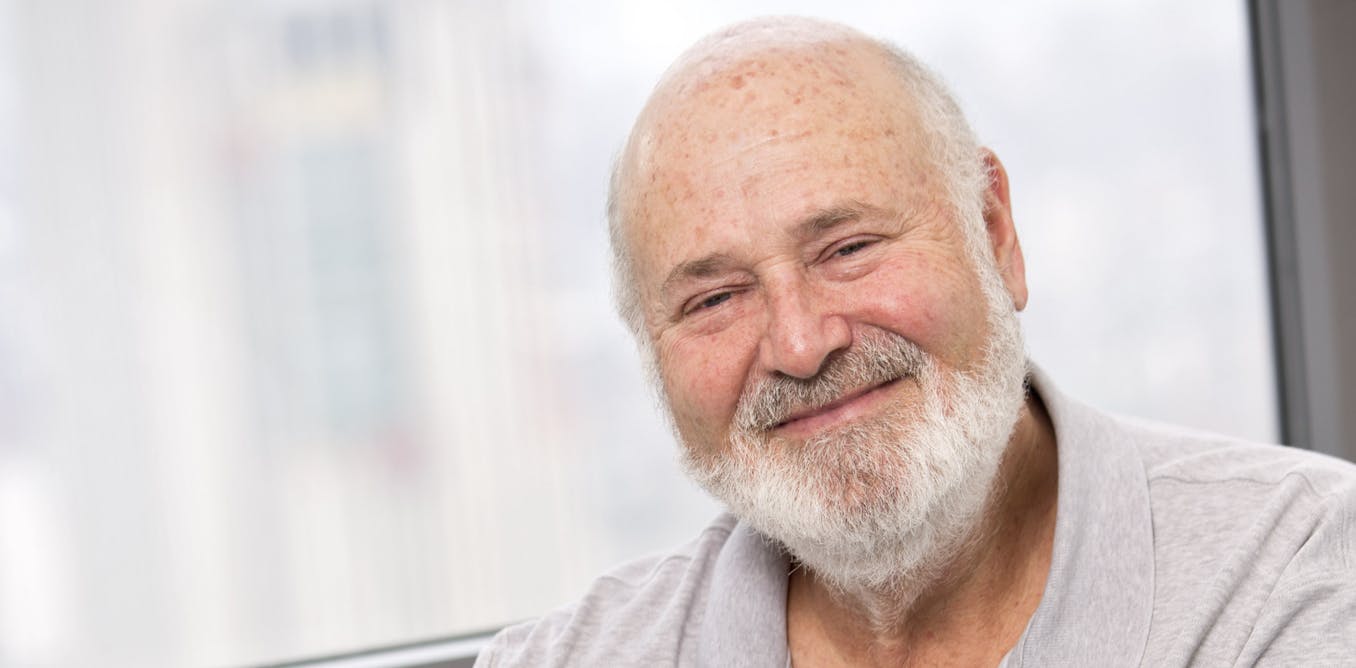















Leave a Reply